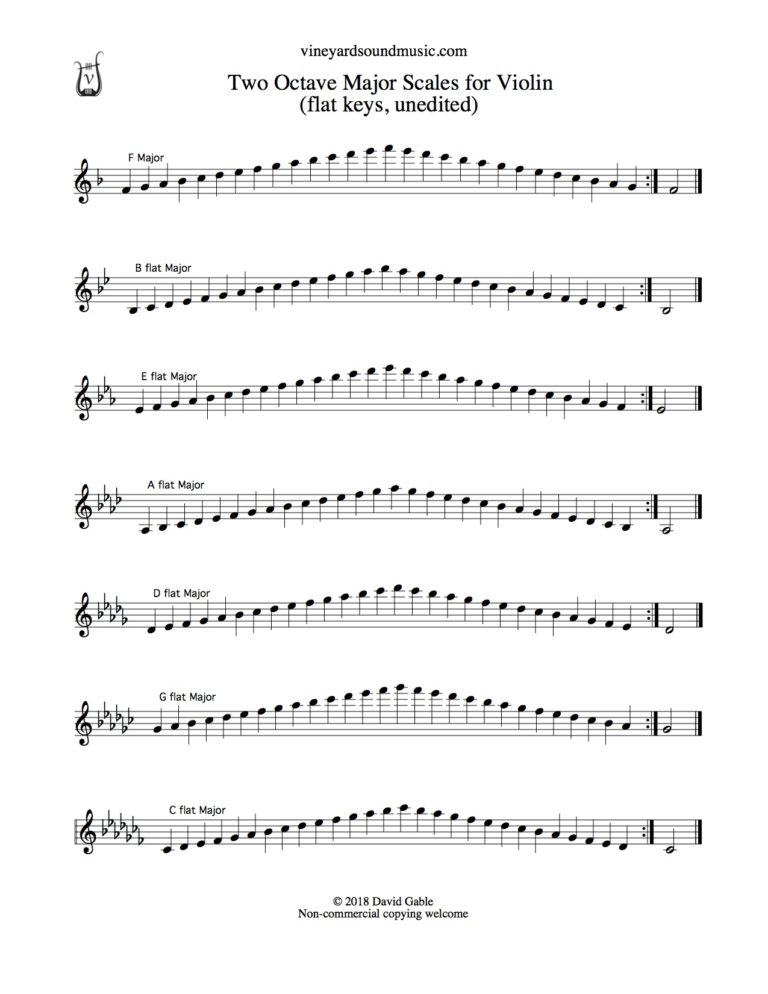

When we switched to d-minor we now have (E^F) the 2nd and 3rd note close, as well as (A^Bb) the 5th and 6th note close together.

Minor scales have a different pattern than major, but all minor scale patterns are the same. A lesson on the one octave G minor and D minor scales and arpeggios in line with the new grade 2 violin ABRSM syllabus (2012-15), created by Ros Stephen, an. The specific notes that are close together is what makes the major scale pattern. In a Major scale the 3rd, and 4th note are close together (Mi^Fa), as well as the 7th, and 8th note (Ti^Do). This is easier to do looking at a violin, or a piano. Another way we can look at it is to see what notes are close together. It doesn’t matter if you play/sing D-Major, B-Major, or F#-Major, they will all sound like that infamous Sound of Music song. Most people have heard, and at some point sang Do-Re-Mi-Fa-So-La-Ti-Do. I would like to break it down to a more simple form though.Īll major scales have the same pattern. “What is the difference between major and minor?” I love asking this question because I usually get some sort of answer like “Major sounds happy, and minor sounds sad.” This is a great answer! It is great that we equate emotions to sounds.


 0 kommentar(er)
0 kommentar(er)
